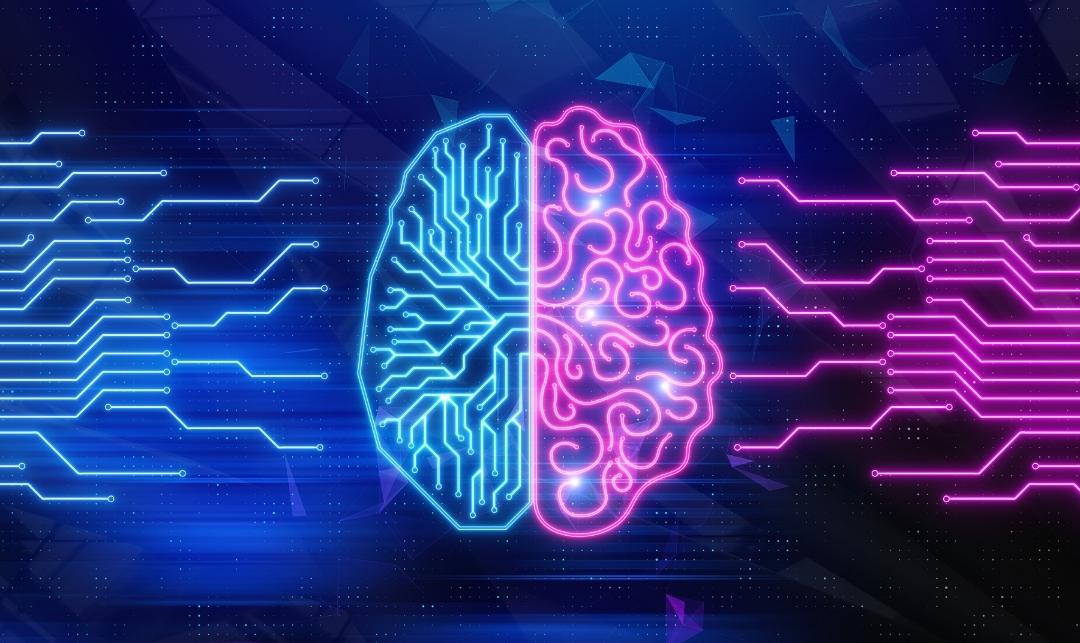If you’re like most people, you’ve probably never heard of generative AI. And that’s understandable—it’s a fairly new concept in the world of artificial intelligence (AI). But even though it’s still in its infancy, generative AI is starting to make waves in a variety of industries. Here’s a closer look at what this promising technology is all about and why you should care.

WHAT IS GENERATIVE AI?
In a nutshell, generative AI refers to AI systems that are capable of creating new data based on what they have learned. That might sound confusing, so let’s break it down with an example. Say you’re training a generative AI system to identify different types of animals. Once the system has learned what specific features distinguish, say, a cat from a dog, it can then generate new data that includes animals it has never seen before, like tigers or bears. This ability to create new data makes generative AI immensely powerful and opens up a world of possibilities.
WHY SHOULD YOU CARE?
Generative AI systems are already being used in a number of ways. For instance, they can be used to generate realistic 3D images or videos (a process known as “rendering”). They can also be used to create new products or altogether new designs for existing products. Some companies are even using them to generate realistic fake news stories in order to test the susceptibility of their employees to fake news sources. These are just a few examples of how generative AI is being used today—and as the technology continues to develop, there will likely be many more applications for it in the future.

WHY NOW
AI is rapidly evolving and changing the way we interact with technology. Generative AI in particular has seen a great deal of progress in recent years, fueled by better models, more data, and greater computational power. These advances have allowed systems to not only learn from existing examples, but also to create new examples from scratch. This has given rise to new applications for generative AI, including improved recommendation engines, novel photo- and video-editing tools, and intelligent assistants that can generate personalized responses on demand.
One key advantage of generative AI is its ability to uncover insights that may not be immediately apparent when working with existing datasets. For example, by generating thousands of new samples from an existing dataset, it becomes possible to train new models on these results to extract even more information from the data. And as this technology continues to advance at such a rapid pace, it seems clear that generative AI will play a major role in shaping the future of AI and beyond.
Suman Talukdar is a Founding Partner at AiSprouts.vc, helping entrepreneurs build category-leading ventures.















































